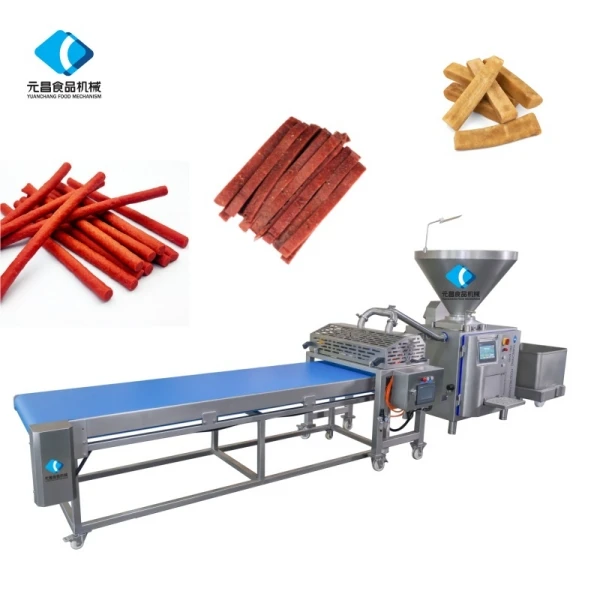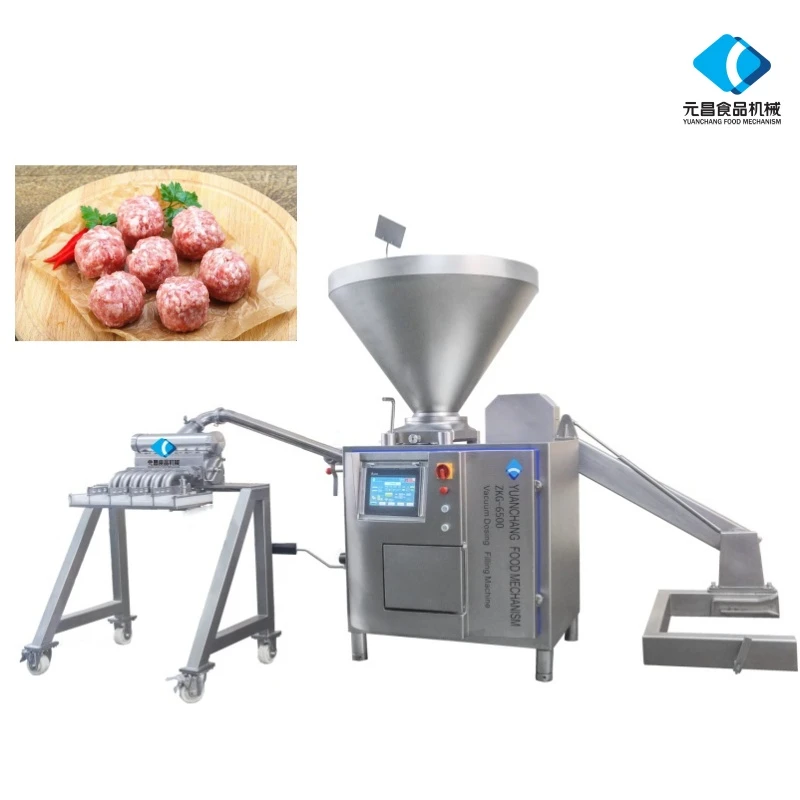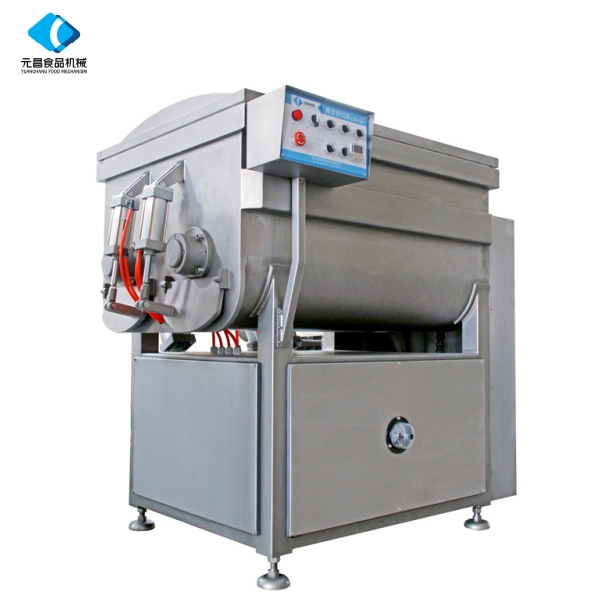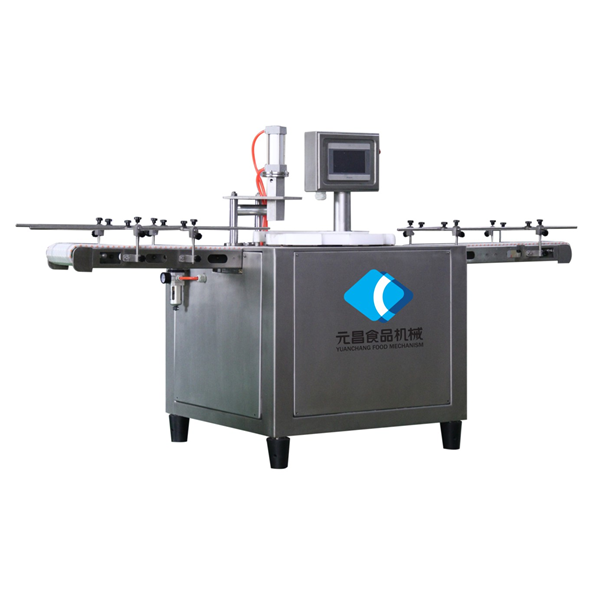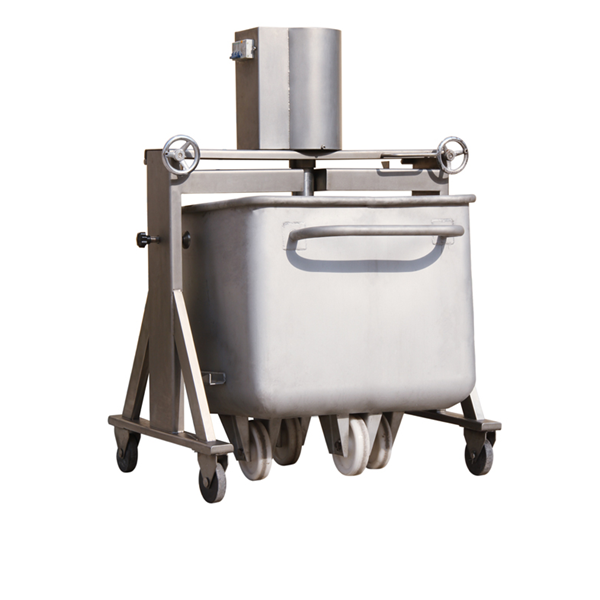Comprehensive Guide to Meat Processing Plant Equipment | Efficiency, Safety & Sustainability
Understanding Meat Processing Plant Equipment: A Global Overview
Meat processing plant equipment might not be the first thing on everyone’s mind, but it quietly fuels a worldwide industry integral to food security, economic livelihoods, and cultural diets. In essence, it’s the machinery and technology that transforms raw livestock into a variety of edible products efficiently, hygienically, and reliably. Why does this matter globally? Because an estimated 330 million tons of meat were produced worldwide in 2022, according to FAO data — and the quality, safety, and efficiency of processing equipment directly impact billions of consumers.
Learning about this machinery isn’t just for industry insiders. For governments, NGOs, and investors, understanding meat processing plant equipment leads to better food systems management, enhanced sustainability, and improved working conditions. But there’s also a challenge here — how do we balance scalability with hygiene, innovation with cost, and automation with skilled labor?
Mini takeaway: Meat processing plant equipment is a quietly indispensable cog in the global food supply chain, shaping economies, diets, and sustainability worldwide.
Introduction: Mapping the Global Landscape of Meat Processing Equipment
We’re living in an era where food engineering meets global demand more than ever before. The United Nations’ Food and Agriculture Organization (FAO) tracks meat consumption trends showing a consistent rise in many emerging economies — India, China, Brazil — driven by urbanization and income growth.
And that’s where the equipment comes in. Meat processing plants rely on specialized tools — think automated cutters, conveyors, deboners, chillers — to maximize output and meet stringent hygiene standards (ISO 22000 and HACCP frameworks guide a lot here). Global trade also spikes demand for standardized equipment to ensure international compliance and traceability.
Still, challenges loom large: equipment cost, energy consumption, durability in tough conditions, and adapting to diverse meat types (from beef and poultry to game) remain tough nuts to crack. Industry watchers and engineers continuously strive for solutions that won’t sacrifice quality or safety. I suppose the biggest hurdle is meeting these needs while staying affordable and sustainable.
Mini takeaway: The global meat processing sector is tightly linked with technological innovation, but affordability and sustainability remain key industry headaches.
What Is Meat Processing Plant Equipment?
At its simplest, meat processing plant equipment encompasses all the machinery used to transform livestock into packaged meat products ready for consumption or further manufacturing. This includes everything from slaughtering tools, cutting and deboning machines, grinders, mixers, chillers, to packaging systems.
This equipment directly supports modern food industry demands for hygiene, speed, and consistency. It’s also a vital piece in humanitarian contexts — for example, in disaster relief efforts requiring quick and safe meat processing solutions to feed large populations.
So, while the topic seems niche or highly technical, it actually connects deeply with basic human needs and broader industrial modernization.
Core Components of Effective Meat Processing Plant Equipment
1. Durability
Meat processing plants aren’t pretty places, frankly. Think high moisture, sharp blades, corrosive cleaning agents. Equipment must stand up to these tough conditions without frequent breakdowns or corrosion. Stainless steel remains the go-to material here, favored for sanitation and longevity.
2. Scalability
From family-owned operations to industrial meat hubs, equipment needs to scale. A small poultry processor doesn’t need the same capacity or automation as a multinational beef exporter, so modularity and upgradeability are golden.
3. Hygiene and Compliance
Food safety rules demand that equipment can be cleaned thoroughly and quickly — CIP (Clean-In-Place) systems, smooth surfaces, and minimal crevices are essential. ISO and HACCP regulations often dictate equipment design.
4. Cost Efficiency
Initial purchase price is just the start. Operating costs — electricity, maintenance, manpower — quickly add up. Energy-efficient motors, simplified parts, and easy training can make a big difference in long-term value.
5. Automation and Precision
Increasingly, sensors and robotics find their way into even mid-size plants. Automated cutters ensure consistent product quality, reduce waste, and improve worker safety — which is no small feat in a high-risk environment.
| Equipment Type | Material | Capacity (pcs/hr) | Power Usage (kW) | Features |
|---|---|---|---|---|
| Automated Deboning Machine | Stainless steel 304 | 600 | 4.5 | CIP, Safety sensors, Adjustable speed |
| Vacuum Packaging Machine | Stainless steel 316 | 300 | 2.0 | Touchscreen control, Multi-pack size |
| Conveyor Belt (Sanitary) | Food-grade Plastic + SS frame | Varies | 1.2 | Antimicrobial coating, Easy clean |
Mini takeaway: Behind every juicy steak there’s complex equipment balanced for performance, hygiene, and resilience.
Global Uses and Real-World Applications
These equipment systems find homes in every meat-producing region, adapted to local needs and resources. Latin America’s large beef industry depends on highly automated deboning and packaging lines for export markets. In Europe, stringent food safety laws push innovation in traceability and hygiene — with smart sensors embedded in plants to guarantee data logs.
Remote operations, like in parts of Africa or rural Asia, often rely on modular, portable processing units that can be deployed quickly, supporting food security in tough-to-reach communities. NGOs sometimes deploy small-scale processing kits after natural disasters to ensure fresh meat supplies without exposing vulnerable populations to contamination risks.
And in the U.S., the growth of plant-based “meat analog” production is raising fresh challenges and opportunities for new processing station designs.
meat processing plant equipment manufacturers serve these diverse needs, tailoring solutions — a reminder that no one size fits all.
Advantages and Long-Term Benefits
- Efficiency: Automated machinery speeds up processing, reducing labor costs and turnaround times.
- Food Safety: Cleanable, compliant equipment reduces contamination risks — protecting consumers and brands.
- Sustainability: Energy-efficient motors and waste reduction features cut environmental impact.
- Worker Safety: Reduced manual handling lowers injuries and improves morale.
- Quality Control: Consistent product size, weight, and packaging keep buyers returning.
On an emotional level, reliable equipment builds trust in food suppliers and supports dignity for workers who can operate in safe conditions rather than hazardous environments.
Future Trends and Innovations
We’re seeing an exciting digital transformation in meat processing plant equipment. IoT sensors monitor machine performance and hygiene in real-time, feeding AI systems that predict maintenance needs before breakdowns occur — reducing downtime.
Moreover, greener energy sources are being integrated. Solar-powered chilling units and more efficient motors reduce carbon footprints significantly. Biodegradable packaging automation is also coming to the fore.
Robotics continue to evolve beyond repetitive cutting — with vision-guided machines capable of adaptive mainline sorting and grading opening doors to higher yields and less waste.
These technologies promise not only more output but a softer environmental impact across the board, aligning with global sustainability goals endorsed by the UN (SDG 12: Responsible Consumption and Production).
Common Challenges and Solutions
Despite advances, there are hurdles. High upfront costs dissuade smaller businesses from upgrading. Complex automation can require skilled operators, which aren’t always available in developing regions.
Another tricky issue is maintenance in harsh or remote conditions. Some engineers propose modular designs with standardized parts to simplify repairs and reduce downtime.
Finally, waste management — both animal byproducts and packaging — stresses sustainability efforts. Innovations in byproduct valorization (turning bones and offcuts into value-added products) and recyclable packaging materials are promising answers.
FAQ: Your Top Questions About Meat Processing Plant Equipment
- What types of meat can this equipment handle?
- Most equipment is designed for beef, pork, and poultry, but many can adapt to lamb, goat, or even exotic meats with configuration changes.
- How do you ensure equipment hygiene?
- By using CIP (Clean-In-Place) systems, antimicrobial surfaces, and adherence to ISO 22000 and HACCP standards. Regular audits and staff training are essential.
- Is automation cost-effective for small plants?
- While some automation requires investment, many modular and semi-automated options exist, helping smaller plants improve efficiency without breaking the bank.
- Can equipment be customized for local needs?
- Absolutely. Vendors often design modular solutions tailored to meat type, plant size, and local resource availability.
- What is the maintenance frequency like?
- Depends on usage, but typical schedules include daily cleaning, monthly inspections, and annual overhauls. IoT-based predictive maintenance is reducing surprises.
Conclusion: Why Investing in Meat Processing Plant Equipment Makes Sense
From boosting global food security to supporting local economies, high-quality meat processing plant equipment is a cornerstone of modern food production. It combines technical savvy with practical benefits — efficiency, safety, sustainability, and scalability. Whether you’re upgrading a large enterprise or launching a small processing unit, investing in the right machinery pays dividends in reliability and trust.
Curious to explore the best options? Visit our website https://www.ycmeatmech.com to learn more about cutting-edge meat processing plant equipment tailored to your needs.
| Vendor | Product Range | Customization Options | Price Range | Global Reach |
|---|---|---|---|---|
| MechPro Industries | Full line from slaughter to packaging | High | $$$ | North America, Europe, Asia |
| Global Meat Equip | Deboning, transport conveyors | Medium | $$ | Europe, Latin America |
| AgriTech Solutions | Packaging & vacuum sealers | Low | $ | Asia, Africa |
Mini takeaway: Picking the right vendor means balancing product needs, budget, and location to ensure long-term success.
References:
1. FAO. (2023). Meat Production Statistics. fao.org
2. ISO 22000 Food Safety Management. iso.org
3. UN SDGs — Goal 12: Responsible Consumption and Production. sdgs.un.org
-
Discover the Benefits of Vacuum Marinating Machines for Efficient Food ProcessingNewsNov.24,2025
-
The Ultimate Guide to Commercial Chicken Scalders: Efficiency, Sustainability & InnovationNewsNov.23,2025
-
Chicken Harvesting Equipment: Efficient & Humane Solutions for Poultry ProducersNewsNov.22,2025
-
Meat Processing Bins: Durable Solutions for Safe & Efficient Meat Handling WorldwideNewsNov.20,2025
-
Best Commercial Marinating Machines for Meat Processing | Efficient & ScalableNewsNov.20,2025





